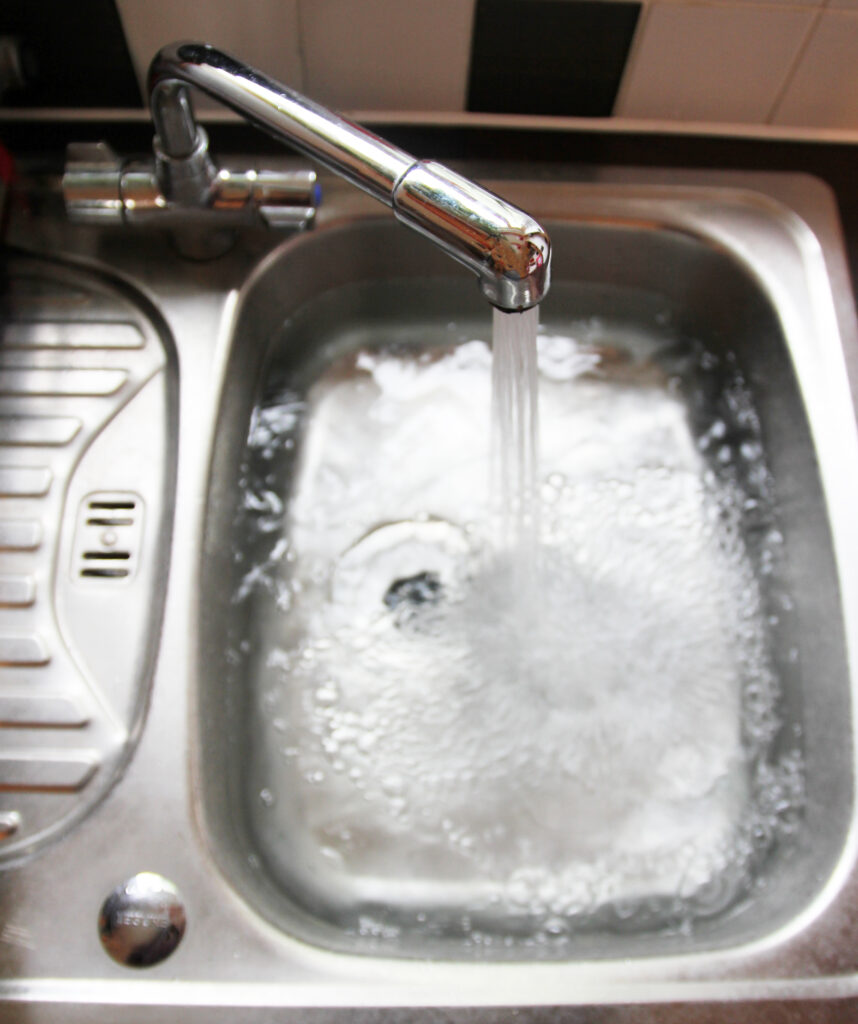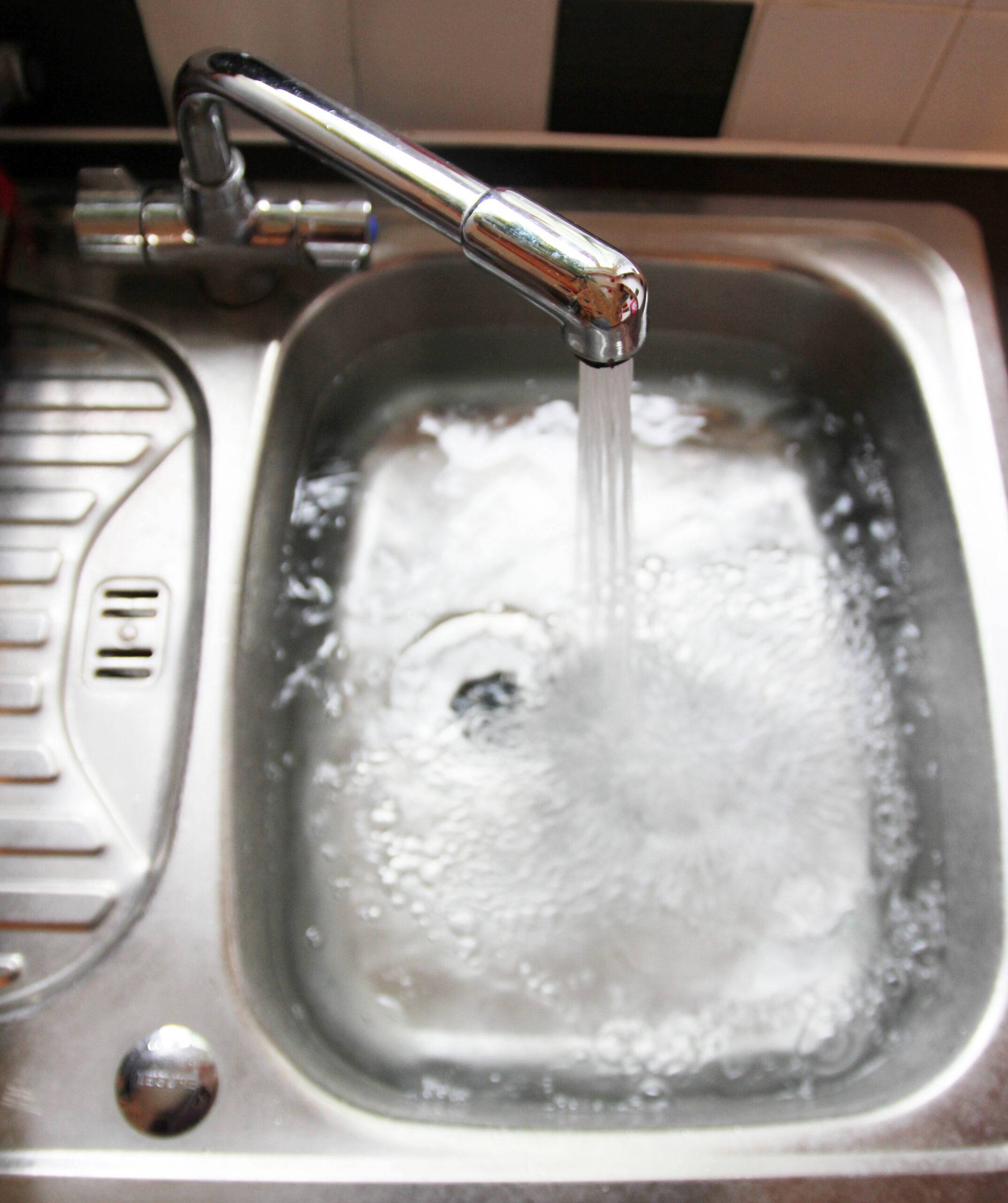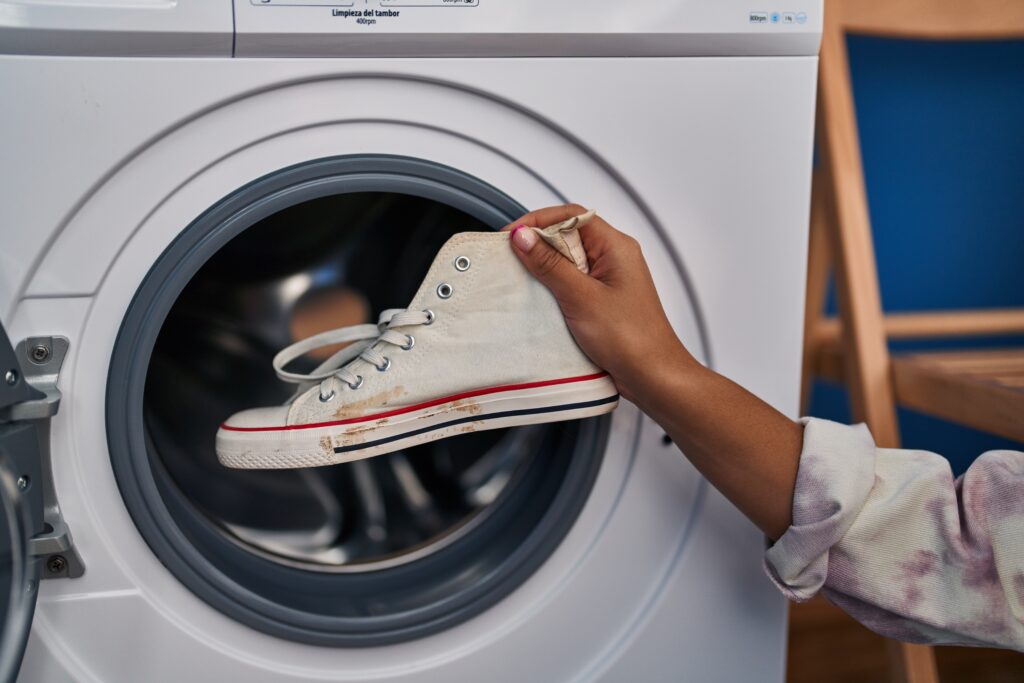How to Fix a Slow Draining Kitchen Sink: A Homeowner’s Guide to DIY Drain Clarity
A slow draining kitchen sink has a special kind of uncanny ability to turn an otherwise regular Tuesday into a mild domestic crisis. One minute you’re rinsing off a cutting board, the next you’re watching the water pool like it’s auditioning for a backyard pond. Before you convince yourself you’re going to have to call in a professional—or just live with it forever—it’s worth knowing how your kitchen drain works, what typically causes a clog, and how you can clear it. Especially if you’ve got a home warranty (or are thinking about it), this problem might be covered or avoidable in the future. Let’s take a second (okay, more than that) to break down slow draining sinks, one slightly distracted moment at a time.
Understanding Your Kitchen Sink’s Drain System
Before we jump into solutions, let’s get a grip on what’s under your sink. Go ahead, open those cabinet doors—yes, even if there’s a rogue box of dishwasher pods cascading out. Your kitchen sink drainage system is mainly composed of a curved pipe (the P-trap), branch drain lines, and a venting system. When everything’s working, wastewater flows quickly down thanks to gravity, siphon action, and air pressure balance from the vent. Your garbage disposal—if you’ve got one—is like a mini food processor that helps break down kitchen scraps to prevent solid clogs.
When that balance is disrupted (by food debris, grease, soap scum, or a mysterious hard chunk of something unidentifiable you hoped got ground up), water begins to drain slowly, or in some cases, just sits there like it’s contemplating the meaning of life. Slow drainage is the early-warning sign of a clog building up—one that’s usually pretty easy to address at home with a bit of know-how and a tiny dash of confidence.
Common Causes of Slow Draining in Kitchen Sinks
Alright, so what’s actually gunking up your pipes?
Grease is a major player. It might go down as a liquid, but eventually it coats your pipes and solidifies, sort of like fat clinging to cold bacon when it’s been in the fridge too long. Food particles that didn’t get adequately ground up by the disposal—or entered the sink without the help of a disposal at all—end up trapped. Dish soap and detergent can also build up over time and contribute to a filmy residue that holds everything together like a gross little pipe glue.
If you’ve got a double-basin sink where one side drains like a dream and the other side barely moves, suspect a localized clog in the connecting line. If both sides are slow, the situation could be deeper in the main branch line or vent.
Ways to Unclog and Fix a Slow Kitchen Drain
Okay, here’s the part where you roll up your sleeves and get hands-on. A quick note before we dice into this like a recipe mid-prep: always try the simple stuff first. It’s shocking how often that actually works.
If your sink has standing water, bail it out with a cup or small container and dump it elsewhere. Then, try pouring boiling water down the drain. Yes, seriously. Boiling water can melt away greasy buildup and dissolve soap scum. If that doesn’t do the trick, move on to a mixture of baking soda and white vinegar (half a cup of each, poured one after the other). Cover the drain with a wet cloth or plug, wait 15-ish minutes, then flush with more hot water. Surprisingly effective, incredibly satisfying.
Still slow? Use a plunger next. But wait—kitchen sink plunging tip: if you have a double-basin sink, plug the other drain (or you’ll just move air back and forth). Quick, forceful plunges can dislodge heavier clogs. Last resort: remove the P-trap under your sink (yes, that curved pipe). Keep a towel and a bucket handy… this part can get a little splashy, and no one needs a nasty surprise splash moment. Take the trap off, clean it out, and reinstall. If you’re lucky, that’s where the clog was chillin’ the whole time.
When to Call in Professional Help
While most minor slow drains are DIY-solvable, some clogs are stubborn or waaaaay farther down your home’s plumbing system. If plunging, snaking, and chemical-free concoctions haven’t worked, and you’re noticing issues in multiple fixtures (like water bubbling up in your bathroom sink after doing dishes), that’s a sign the blockage may be in your main line or venting system. Definitely a pro job.
Also, if you’ve got a home warranty (like, say, one from Armadillo), check to see if your drainage issue is covered. Sometimes misbehaving plumbing is less about a greasy mess and more about a deeper, mechanical fault. Warranties often step in for these bigger defects or unexpected equipment failures—something good to keep in the back of your head if unclogging becomes a quarterly tradition.
Preventing Future Drain Slow-Downs
The best fix is to, yep, avoid the issue in the first place. I know, easier said than done, especially mid-meal prep. But small mindful changes help more than you’d think. Don’t put grease, coffee grounds, eggshells, or fibrous veggie peels down the drain—even with a disposal. Scrape your dishes into the trash or compost before rinsing. Slot in a drain strainer if you’re not already using one. It’s like a goalie for gunk, and trust me, it earns its keep.
Consider running hot water (with a splash of dish soap) down the drain after using it or the dishwasher. It helps move any resting residue out. Periodic vinegar-and-baking-soda cleans can keep things fresh, too.
The Role of Your Garbage Disposal
A lot of folks think their garbage disposal can obliterate anything—kind of like a kitchen black hole. Not really true. They’re more of a “last line of defense” than a power tool of destruction. Avoid putting bones, pasta, rice, or large quantities of food scraps down there. Let cold water run while using the disposal, and rinse it with hot water after operation. Keep it clean by grinding small citrus peels or ice cubes every so often. It’ll thank you by smelling less like, well… old broccoli.
Why You Should Consider Armadillo for Home Warranty Coverage
A slow drain might start as a small hassle, but like a lot of home systems, it can sometimes reveal a much deeper issue lurking beneath the surface. Having a home warranty plan from Armadillo means you’ve got backup if it’s not just a clog, but a bigger repair in your plumbing system or garbage disposal. Plus, with customizable plans built around modern living, Armadillo makes the idea of home warranty feel less “red tape” and more “why didn’t I do this sooner.” If you’d rather spend less time under your sink Googling gasket fittings and more time enjoying your space, take a peek at Armadillo’s home warranty offerings. You can build your custom plan and get a quote at this link.
Don’t let a slow drain clog up your peace of mind. Seriously, go check your sink. Is it still draining?


























